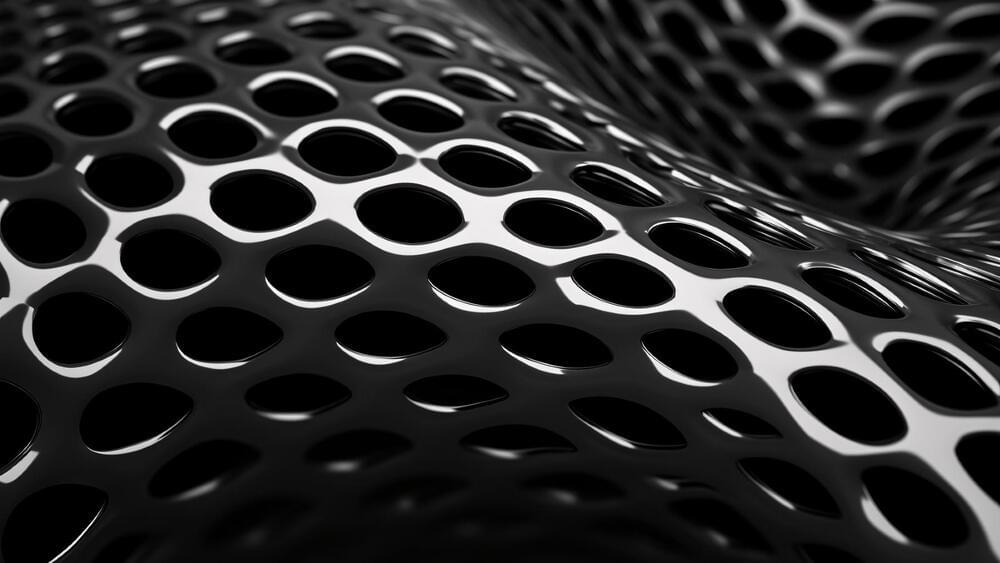Chip companies from the US and China are developing new materials to reduce reliance on a Japanese monopoly. It won’t be easy.
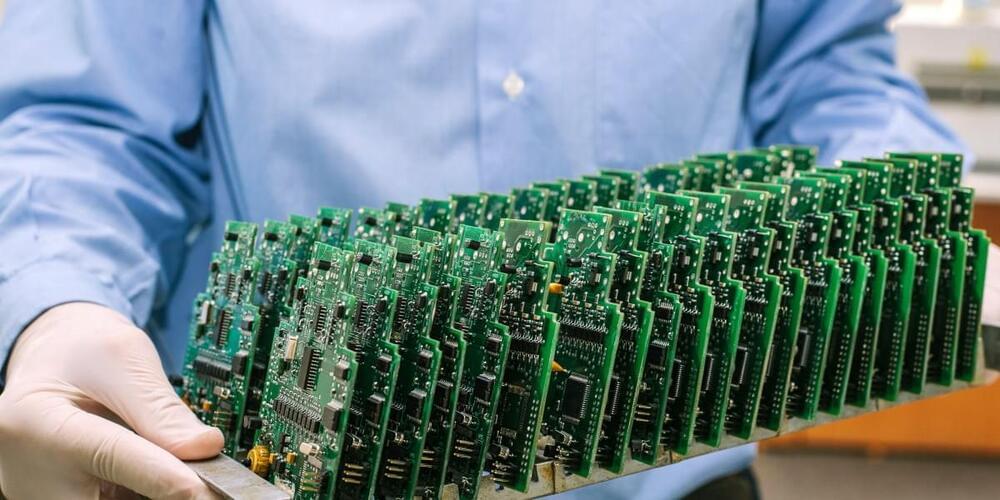

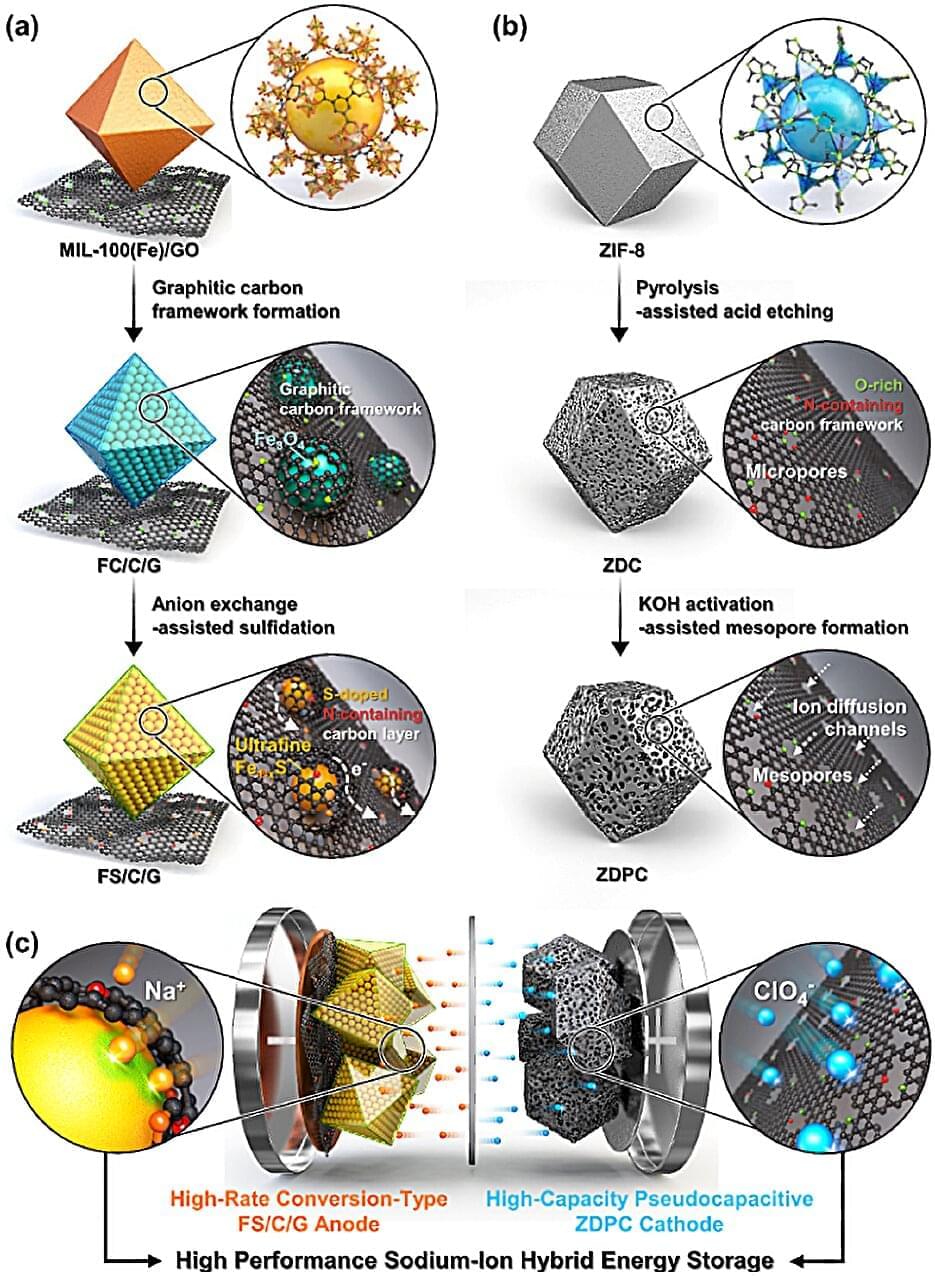
Sodium (Na), which is over 500 times more abundant than lithium (Li), has recently garnered significant attention for its potential in sodium-ion battery technologies. However, existing sodium-ion batteries face fundamental limitations, including lower power output, constrained storage properties, and longer charging times, necessitating the development of next-generation energy storage materials.

Superconductivity continues to revolutionize technology in so many ways. While some technological advances rely on finding ways to encourage zero-resistance currents at warmer temperatures, engineers are also considering better ways of fine-controlling the super-efficient flow of electrons.
Unfortunately, many processes that would work just fine for run-of-the-mill electronics, such as the application of external magnetic fields, risk interfering with the properties that make superconductors so efficient.
An international team of scientists has succeeded in confining an exotic state of superconductivity that’s controlled by strong magnetism rather than disrupted by it.
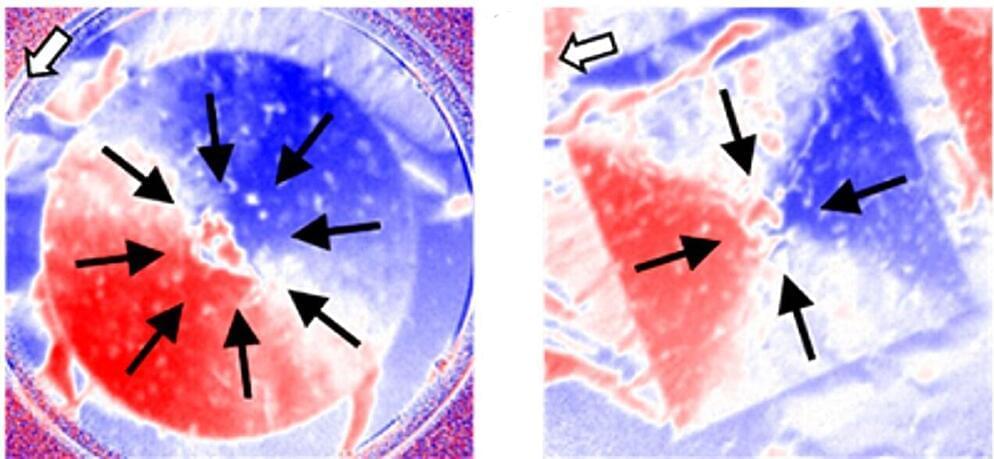
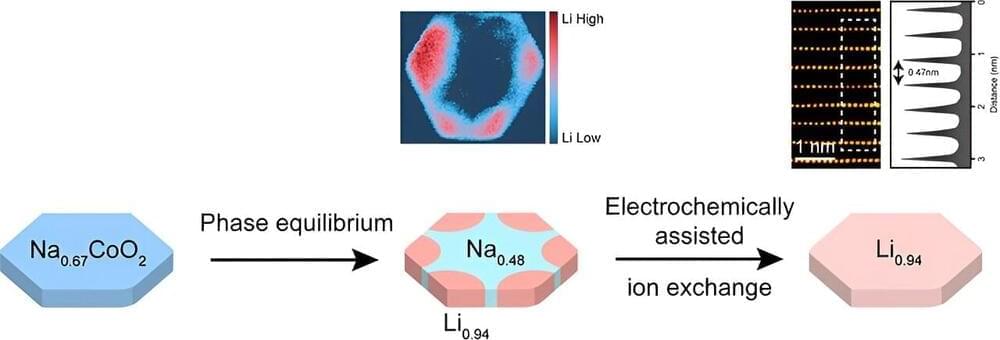
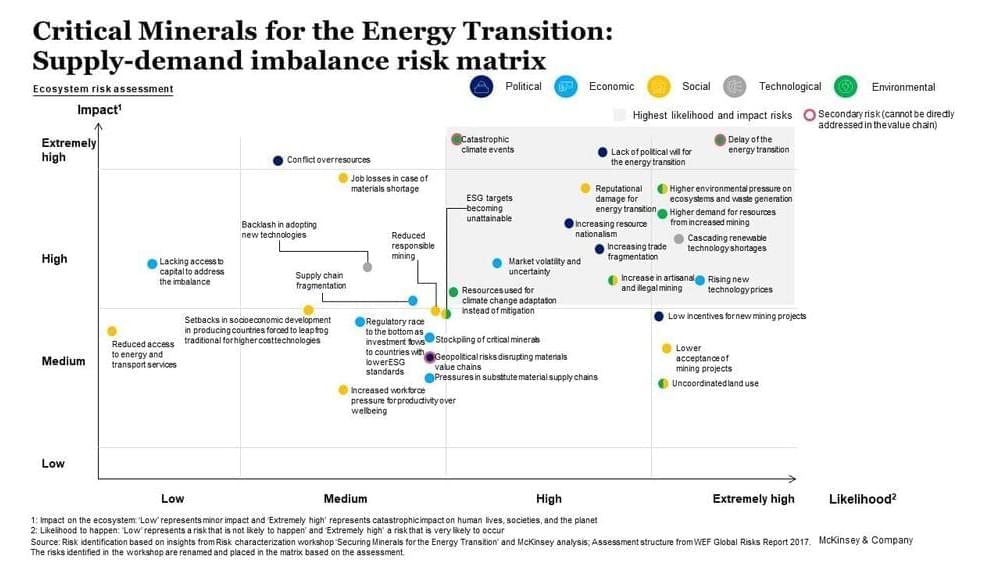
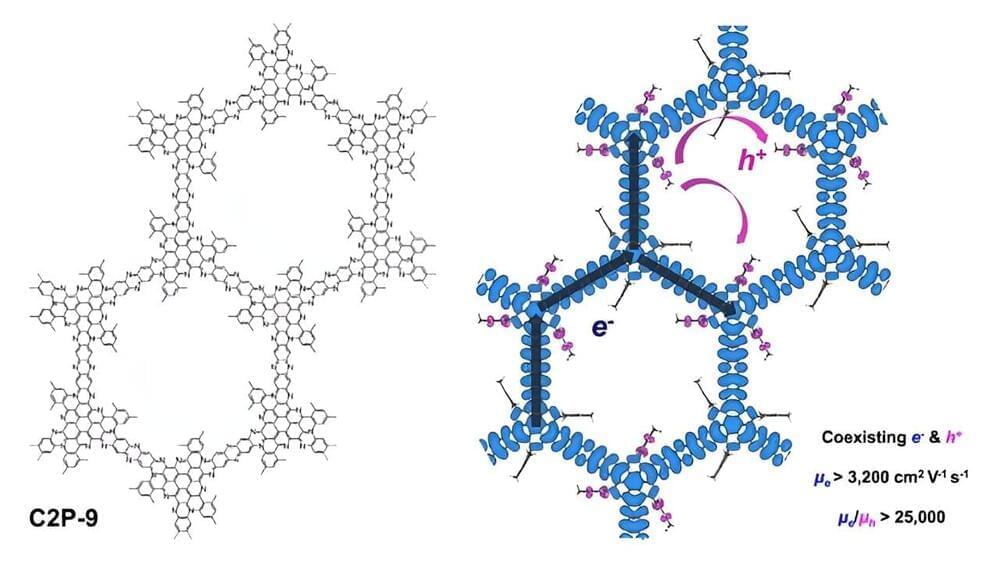

Quantum Barkhausen noise, which arises from the cooperative quantum tunnelling of a huge number of magnetic spins, has been observed for the first time and may be the largest macroscopic quantum phenomena ever seen.
Researchers in the US and Canada have detected an effect known as quantum Barkhausen noise for the first time. The effect, which comes about thanks to the cooperative quantum tunnelling of a huge number of magnetic spins, may be the largest macroscopic quantum phenomena yet observed in the laboratory.
In the presence of a magnetic field, electron spins (or magnetic moments) in a ferromagnetic material all line up in the same direction – but not all at once. Instead, alignment occurs piecemeal, with different regions, or domains, falling into line at different times. These domains influence each other in a way that can be likened to an avalanche. Just as one clump of snow pushes on neighbouring clumps until the entire mass comes tumbling down, so does alignment spread through the domains until all spins point in the same direction.
\r \r
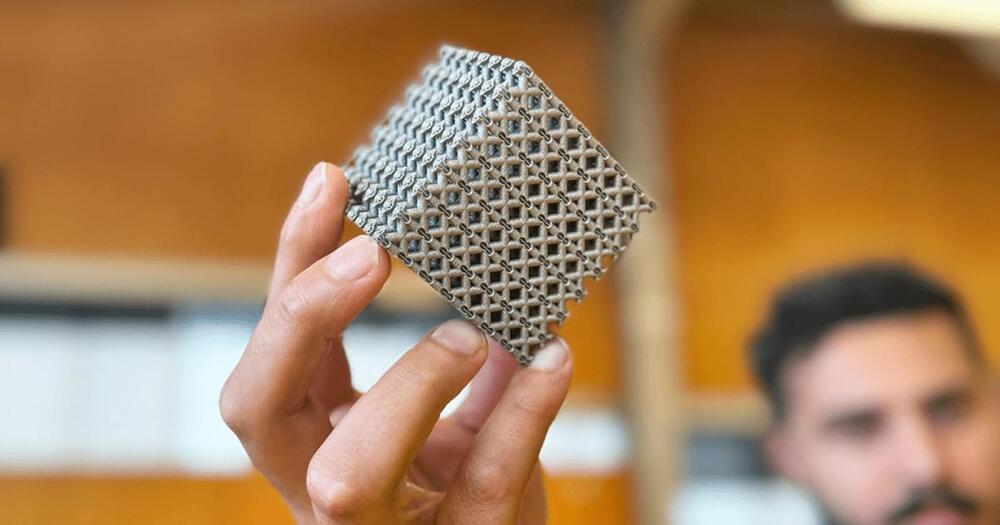
Using lasers and metal powder, Australian scientists have created a super strong, super lightweight new — but they got the idea for this sci fi-sounding creation from plants.
The challenge: Materials that are strong yet lightweight, such as carbon fiber and graphene, are used to make everything from medical implants to airships, and developing ones with ever greater “strength-to-weight ratios” is the goal of many material scientists.
In pursuit of that goal, some have turned to nature, looking for ways to replicate in metal the hollow lattice structures, like those in the Victoria water lily, that make some plants remarkably strong.
